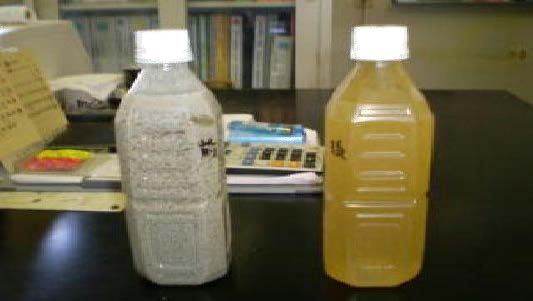Industrial production, such as mining, steel manufacturing, power generation, food processing, wash bays and more use water during the manufacturing process, generating wastewater that usually includes oil from different sources. Prior to discharging the water to the public water treatment plant, the oil needs to be sequestered and disposed of. Freytech emphasizes that industrial oil/water separators are vital for efficiently removing contaminants from wastewater, ensuring environmental compliance.
Now more than ever, industrial centers are seeking efficient and effective solutions to separate oil and water in their day-to-day processes. Along with safeguarding the environment, the appropriate oil/water separator device will improve overall operations while decreasing costs, staying clear of penalties and also potentially producing income. If there is oily water at your facility, uncover what an industrial oil/water separator is, how it works and why it can be a beneficial and profitable addition to your operations.
What is an Industrial Oil/Water Separator?
An oil/water separator is a tool designed to extract oil and suspended solids from industrial wastewater sources, such as those located in oil refineries, fuel handling facilities, chemical plants, natural gas plants, and so on.
From the creation of the standard oil/water separator, most refineries throughout the world and numerous businesses in various sectors from —railroads to steel mills— have installed some sort of commercial oil/water separator to aid with wastewater treatment. For commercial locations or organizations that demand to split oil from wastewater, an industrial oil/water separator system is vital to operational success.
Used in a few of the most challenging applications globally, oil/water separators are flow-through devices made to separate oils from industrial wastewater, process water, and stormwater runoff.

Just How Does an Oil/Water Separator Function?
Under particular situations, oil can separate from water as a result of the difference in specific gravity between the two fluids. Stoke’s law describes the speed at which oil is separated from a lighter liquid, and this formula helps identify how quick an oil droplet will climb or settle, based on factors consisting of the list below:
- thickness and size of the oil droplet
- space the object must travel
- size of the collection container
- flow rate
An oil/water separator is designed to take into consideration these factors and subsequently helps in producing the suitable conditions required for oil to separate from water. There are 2 key kinds of oil/water separators: gravity separators and coalescing separators.
- Traditional Oil/Water Separators
This kind of commercial oil/water separator depends on the difference between the gravity of water and the specific gravities of oils, working as follows:
Oily water enters the inlet of the separator.
Water turbulence is reduced when it meets a baffle and most solids settle to the bottom of the separator.
As wastewater passes via the oil/water separator, oil droplets float to the top of the water, yet are kept from exiting the separator by a 2nd baffle; any remaining solids sink. - Coalescing Oil/Water Separators
With coalescing separators, the general flow of oil and water via the separator is similar to a gravity separator; however, in a coalescing separator, oil and water also circulate with oleophilic media. This added step helps the oil droplets to stick together on the material of the media. By coalescing or binding with each other, the oil droplets end up being bigger and extra buoyant, thus rising to the top faster and further improving separation.
To read more regarding oil/water separators or the valuable by-products derived from oil removal, surf our web site and read our articles on various other related product lines at freytech.com

